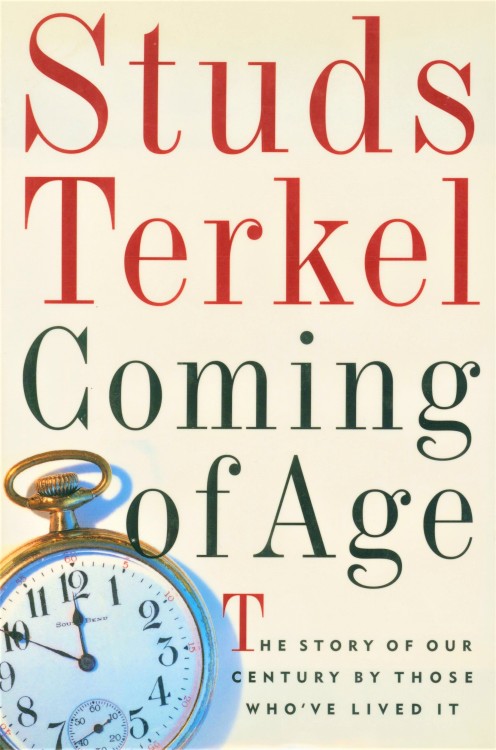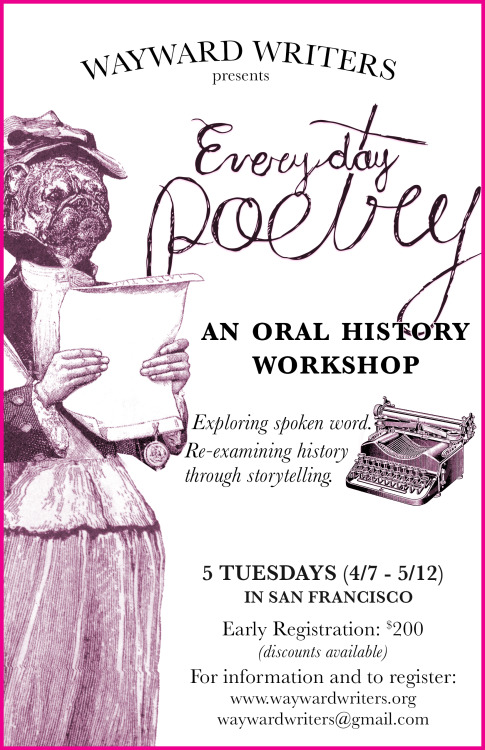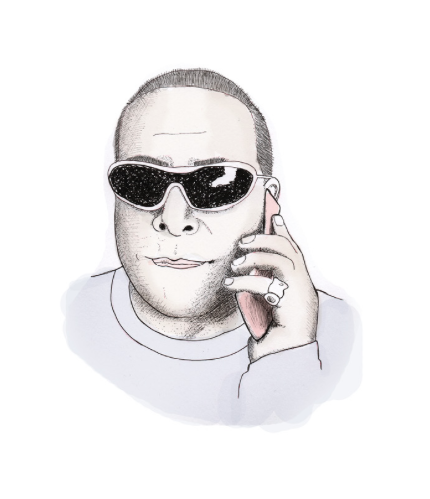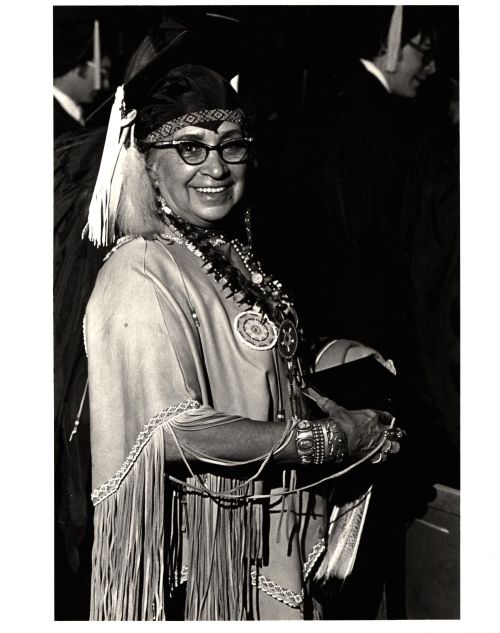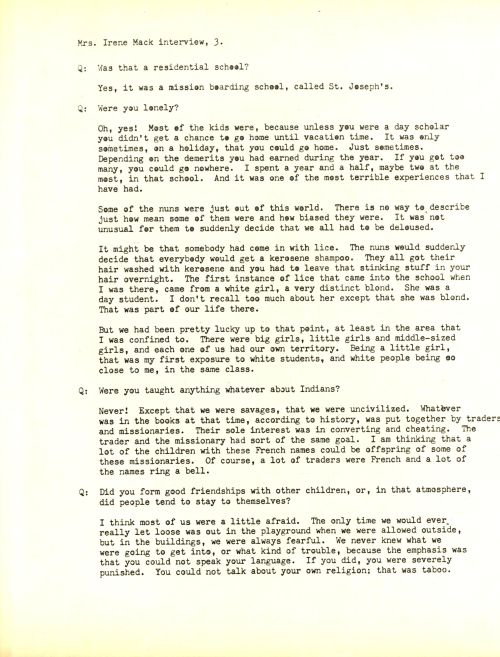#oral history
At first I was like: “Hotline Miami? Sounds like a porn flick.” or something like that. But then so does Final Fantasy, so.
KN-C29875. Fireworks Show at the White House
In her 1964 Oral History with colleague Pamela Turnure, the First Lady’s Social Secretary Nancy Tuckerman described how the fireworks show at a state dinner honoring the King and Queen of Afghanistan (pictured above) came to be, and what President Kennedy’s reaction to it was.
Nancy Tuckerman: When the King and Queen of Afghanistan came, Mrs. Kennedy decided it would be appropriate to have a military review on the South Lawn of the White House. And then she decided something even more spectacular had to be done—because there had already been a military performance before. So she thought of fireworks, which they had never had at the White House, and the President, I remember, was very dubious and a little bit nervous about this because he thought it might be too much of an extravaganza and too much of a display to suddenly have fireworks bursting forth.
Mrs. Wayne Fredericks: Well, was he overruled on this or did he think about it?
Nancy Tuckerman: He thought about it a great deal. In fact, he thought about it so much that he called me constantly to find out if the fireworks came from Japan; how long they would last; and many other things: whether by law in Washington you could set them off other than the 4th of July—but we found out it was legal. He had a hundred questions which I had never thought about—and had no answers for—but found out.
…Also at the Afghanistan dinner, I remember, he suddenly got nervous again over the fireworks and about the day before the dinner he started into exactly the same routine that we had been through a few months ago. He said, “Well, I’ve decided now we must cut the fireworks in half.” So they went from ten minutes to five minutes, and the man who was setting off the fireworks didn’t quite understand or else he decided to make it more spectacular by putting the same amount of dynamite into five minutes because we’d paid for it… So suddenly when the fireworks went off it really was incredible. Do you remember? Oh, the noise! The switchboard in Washington, the police boards, everything was jammed up. People thought the end of the world had come.
Post link
Happy Birthday Studs Terkel!
Today we honor the birth of Pulitzer Prize winning author, radio host, and historian Studs Terkel, born Louis Terkel in New York City on May 16, 1912. We present our author-inscribed copies of Terkel’s Coming of Age: The Story of our Century by Those Who’ve Lived It (The New Press, NYC, 1995, with distribution by W. W. Norton & Co.) and Alan Wieder’s oral history Studs Terkel: Politics, Culture, but Mostly Conversation (Montly Reveiw Press, NYC, 2016).
Terkel moved to Chicago to attend University of Chicago, attaining a bachelor’s of philosophy and a J.D. there, but despite being admitted to the Illinois bar after finishing law school, he never practiced law. Instead, he found work in a writer’s project funded by theWork’s Progress Administration (WPA),which allowed him to write and act for radio (often taking on the role of the villain). It was as an actor that he was dubbed Studs, from Chicago writer James T. Farrell’sStuds Lonigan trilogy, reportedly because there was another Louis in cast and the director wanted to differentiate the two. Terkel happened to be reading Farrell at the time and the name stuck.
Radio work eventually led to a television show, “Studs’ Place” (1949 - 1951), where Terkel’s strength as not only an interviewer, but a conversationalist, was recognized. However, a combination of the changing television landscape and Terkel’s outspoken leftist views in the McCarthy era meant the show was short lived. Terkel found a new home as a radio host at the newly formed WFMT, a fine-arts station more tolerant of Studs’ politics, where his show would endure for 45 years. It was through his radio program that he attracted the attention of publisher Andre Schriffin, and his literary career took off. Terkel passed away at his home in Chicago in 2008, at the age of 96.
Studs Terkel insisted that everyone has a story, and everyone deserves to be heard. He is remembered as one of the greatest oral historians of the 20th century.
FindmoreMilestone Monday posts here.
-Olivia, Special Collections Graduate Intern
Post link
FREE BOOK!
Ship and a Prayer: The Black Presence in Hammersmith and Fulham
Ethnic Communities Oral History Project, 1999
more FREE BOOKS from lascasbookshelf.tumblr.com
||| Publisher’s Blurb|||
Black people have been living and working in Britain since the 1550s. After the Second World War, mass migration from the Caribbean helped build the multi-cultural Britain we know today. This publication has been produced to celebrate the presence of the Black community in Hammersmith and Fulham over the past 100 years and the 50th anniversary of the arrival of the Empire Windrush. It is supported and funded by the London Borough of Hammersmith and Fulham. Its publication also commemorates the tenth anniversary of the Ethnic Communities Oral History Project’s (ECOHP) first African Caribbean publication, The Motherland Calls, in 1989. A Ship and a Prayer draws on interviews published by ECOHP during the past ten years.
Among the interviewees featured in A Ship and a Prayer are Randolph Beresford, a former Mayor of Hammersmith and Fulham who was made an MBE; Esther Bruce, whose autobiography received the Raymond Williams Prize for Community Publishing; and Connie Mark, who was awarded the British Empire Medal.
|||Contents|||
Before World War Two: Black Edwardians in Hammersmith and Fulham
The War Years (1939 - 45)
Empire Windrush
After Windrush
A Second Generation Perspective
Post link
“Terrace was established by Chinese railroad workers in 1869, when construction crews were racing to connect the eastward and westward tracks of the railroad 70 miles from here at Promontory Summit. Eventually, simple wood structures rose on both sides of Main Street, housing hotels, clothing stores, restaurants, railroad machine shops, even a 1,000-volume library specializing in science, history and travel literature. Because water was scarce, engineers constructed an aqueduct from hollowed-out timber, funneling water from mountain springs that were miles away. At its peak, the town was home to some 500 residents, and it welcomed hundreds more each year, mostly rail and wagon-train travelers.
In 1903, Terrace burned in a fire, and after the railroad was rerouted 50 miles south—straight across the Great Salt Lake—the following year, the town was abandoned. But researchers have returned, seeing the ghost town as an ideal site to learn not only about the workings of a remote railroad town but especially about the immigrant community that thrived here.”
*CW: Mentions of racially-motivated violence.
In honor of Hispanic Heritage Month, we are spotlighting José McMurray, one of the founding figures in Spanish-language and bilingual public radio in America. Listen to him discuss what inspired him during his time at the KBBF community radio station in the early 1970s.
In 1973, José McMurray helped to found KBBF-FM, the nation’s first bilingual public radio station, broadcasting out of Santa Rosa, CA. Four years later he moved to DC and became the producer of NPR’s new Spanish-language and bilingual programming, including the weekly news magazine, Enfoque Nacional.
In 2017, RAD’s public historian Julie Rogers recorded an oral history interview for the NPR archives with McMurray covering his early days in community radio and his thirteen year career at NPR. In his interview, McMurray reflected on the experience of founding KBBF —
“Latinos just had never heard of—that you pay for a radio station, that we become members. You know this was all new, it was new to us. So we were inventing the wheel. Another society, like, KQED in other places and in San Francisco, that was very normal. For the Latinos, it wasn’t. But then you wouldn’t have the story of a man coming from Napa who walked 20 miles to come and give us—because he didn’t have a checkbook so he brought us cash, and then he walked 20 miles back to his home for him to get up in the morning to be in the fields. But he was saying, ‘your music, your news, it fills my day up. I have to give you money. I have to come and give you because it fills my—it makes my day a lot better in the field listening to your radio station.’ It’s like, when you get a comment like that, you know, you can last 30 more days without any pay. You just, you get touched by things. And that’s just one of them.”
Discover the Oral Historian in you and fall (back) in love with oral history!
EVERYDAY POETRY is a five-week class taught byme on the art of gathering, preserving, and interpreting oral stories – the literature of the street, the buzz of a corner store, the personal stories that dismantle stereotypes.
>>We will be diving into the history of spoken word and acquiring the necessary tools to begin (or continue) an oral history project of your own with the support of a community of oral historians.
>> We will read and discuss orality narratives, learn new ways of gathering and preserving language, and explore various media in relation to amplifying oral history narratives.
>>We will talk about why stories matter, discuss the shaping, sculpting, and editing of what we find, and send our work out into the world. You do not need experience with oral history to take this class.
WHEN: Tuesdays, 6:30 - 9:00pm, April 7 – May 12th (note: this is a five week class. We will not be meeting on 4/21).
WHERE:Waywards San Francisco Mission, at Mission and 29th street, accessible to 24th street BART.
COST: Early Registration: $200. Discounts available.
MORE INFO:http://waywardwriters.org/sf-mission-classes/
REGISTER HERE:http://waywardwriters.org/contact-us/
Post link
For Wayward Writers
Oral History WHAT? Unearthing the oral historian in you
For me, it started in the kitchen.
Chairs in a semicircle next to a tiny window opened, supposedly, to ventilate the endless cigarette smoke exchanged for a little gossip. It all started in that kitchen where all my tías became chimneys, magical storytellers of their lives, narrating in hand gestures, laughters, shrugs, the ineptitude of their husbands, phantoms of their childhood, the stupidity of the newly elected mayor, the newest anti-wrinkle cream, etc. I stood in a corner mesmerized. Listening to words I did not yet understand, but entranced by the power of each individual story to open a world of its own. Fascinated by the emotional detailing of each memory, which allowed me to connect, empathize. I too, felt their pain, their loss, their joy.
Needless to say I’ve always been very attracted to storytellers. I’m a groupie with a radar for voice. I love hanging out with older folks and just chatting it up until they’ve retold at least twice that story about seeing three witches hidden in the gateman’s hut every day to and from school. My God. I live for that stuff. My believability capabilities are endless, not because I’m naive, or because I come from the “magical realism” country, but because human experience reaches supernatural limits every day (think wars, think bars in small towns, think grandmothers, think you).
Keep reading here.
Post link
Irene Mack: A look inside the UWM Women Artists Archive
The images in this post represent items found in the archive regarding the life and accomplishments of Irene Mack, a Menominee woman artist and Wisconsin native. These photos are taken from a recent addition to the UWM Women Artists Archive (UWM Mss 003, Box 2) which contains detailed oral histories of women artists and performers around the state of Wisconsin.
In her oral histories, Mack details her experiences growing up in northern Wisconsin, her time attending a residential school, and her adventures traveling across the U.S with the Mack Brother’s Show as a snake handler.
Mack was also an avid activist for the rights of indigenous people in the state of Wisconsin, and worked for UW-Milwaukee as a recruiter for indigenous students.
Post link
New Digital Collection: Desi Wisconsin, 1950-79
Today the UWM Libraries officially launch the Desi Wisconsin Digital Collection! The collection contains oral history interviews and photographs documenting the experiences of some of the first South Asian immigrants to Wisconsin. Here is a brief description from the collection’s webpage:
“Whether it was segregation in the 1950s or the cultural and political tumult of the 1960s and 1970s, South Asian immigrants to Wisconsin confronted a world fundamentally alien to that they had left behind. Neither black or white, these individuals managed to raise families and often succeeded in their careers. From a few dozen students, professionals, and businessmen and their families who settled in Wisconsin, the presence of South Asian immigrants grew exponentially as they became tightly integrated in the fabric of their communities. The journey to develop a distinct identity as South Asian Americans in Wisconsin over the course of decades is highlighted in this collection of oral histories from some of the first South Asian immigrants to Wisconsin.”
The black and white photograph from 1955 featured above shows Joni and Chandra Raja outside St Luke’s Hospital in Milwaukee, Wisconsin, and was shared by Sharath Raja as part of an oral history interview with Lajwanti Waghray. Sharath Raja’s full interview and collection of photographs can be found in the Desi Wisconsin Digital Collection.
Post link



